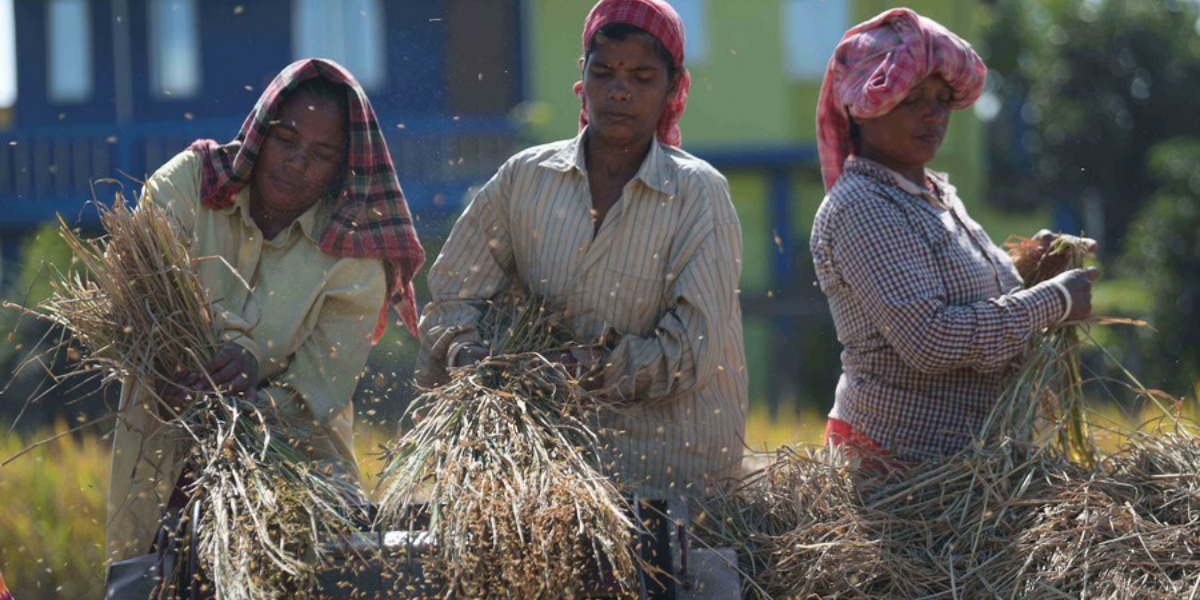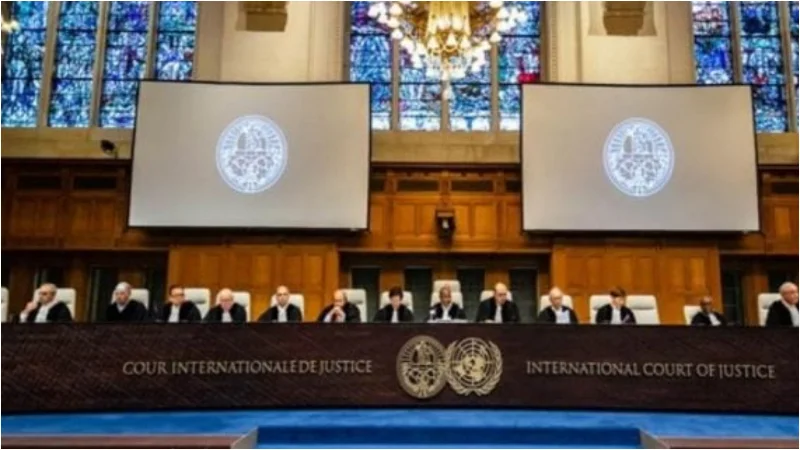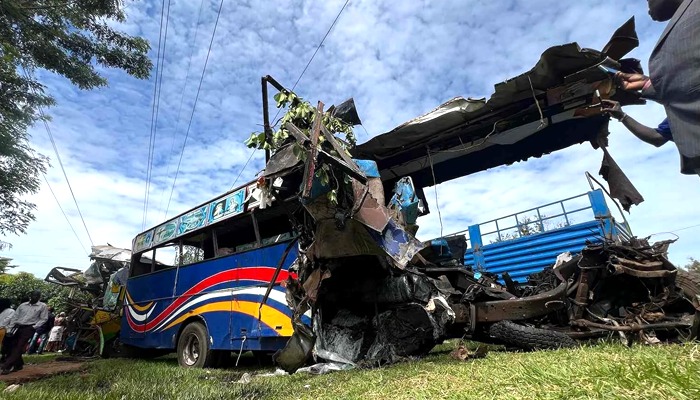- India’s wholesale price index (WPI) increased by 15.08 percent year on year, reaching a new high.
- Annual inflation rose to 7.79 percent in April, the highest level since May 2014.
- India is a member of the G20, a worldwide economic intergovernmental organisation.
- The government must be innovative and think of new ways to protect people’s incomes.
DELHI, NEW DELHI:
With India’s GDP contracting and inflation rising in the first three months of 2022, economists in the country have called for innovative thinking to build “stable policies” that are focused on the poor and distinct from those in industrialised countries.
According to newly revealed official figures, economic growth in the first quarter of 2022 was 4.1 percent, with annual growth anticipated at 8.7 percent for 2021-22. According to the figures, annual inflation rose to 7.79 percent in April, the highest level since May 2014.
In April, India’s wholesale price index (WPI) increased by 15.08 percent year on year, reaching a new high.
In an interview with Anadolu Agency, Abhijit Mukhopadhyay, a senior scholar at the Observer Research Foundation’s Economy and Growth Program in New Delhi, projected that the Russia-Ukraine conflict would slow down all major economies, including India’s.
“The (coronavirus) epidemic wreaked havoc on all economies around the world, including India’s. The Russia-Ukraine conflict occurred just as the recovery process was beginning, causing yet another enormous interruption in the global supply chain. Apart from inflation, all major economies, including India, will experience a recession,” he said.
He also claimed that the Indian economy has been suffering from a “consumer demand deficit” for the past three years.
“At the moment, inflation is a worldwide issue that will continue for some time.
Because India is a member of the G20, a worldwide economic intergovernmental organisation, volatility in its economy has an impact on the global financial situation.
Himanshu The Indian economy had begun to collapse even before the pandemic, according to Himanshu, an associate professor at the Centre for Economic Studies and Planning.
He stated that one of the most pressing concerns right now was to safeguard the poor and their salaries by providing some sort of support.
A quarter of India’s population was classified as poor in November last year, according to the first National Multidimensional Poverty Index produced by NITI Aayog, the government’s major policy think-tank.
“Another priority is to resurrect growth, and resurrecting growth would necessitate sound monetary and fiscal policies that avoid a recession while containing inflation. “That is the most serious threat we have,” Himanshu remarked.
According to the economist, India cannot follow the same strategy as wealthy countries.
“Policies that are considerably different from those in developed countries are required.” “This is where the government must be innovative and think of new ways to protect people’s incomes, which will lead to better income growth,” the professor continued.
Experts like Mukhopadhyay have cautioned about rising inflation and its negative impact on the economy and individuals, according to Mukhopadhyay.
“However, the government disregarded the warnings and continued to pursue the case.”
Interest rates have been kept low, he explained, in the hopes that inexpensive credit will help the economy recover and thrive.”However, current credit demand falls well short of that kind of loan availability,” Mukhopadhyay added.
According to the expert, the government’s heavy taxation of oil and gasoline products, which is the government’s primary source of revenue, causes food prices to rise as well.
“India’s inability to control inflation is not unique. It is, however, in a better position than other countries because the fiscal and monetary authorities have taken measures to relieve the burden “Last week, local business daily The Business Standard quoted Indian Finance Ministry Chief Economic Adviser V Anantha Nageswaran as saying.
Nageswaran claimed that “save for contact services like hospitality, tourism, and leisure, all other sectors had rebounded back to report a significant recovery compared to pre-pandemic levels” and that “the economy predominantly demonstrated good growth in FY22 on the basis of exports and government spending.”





















